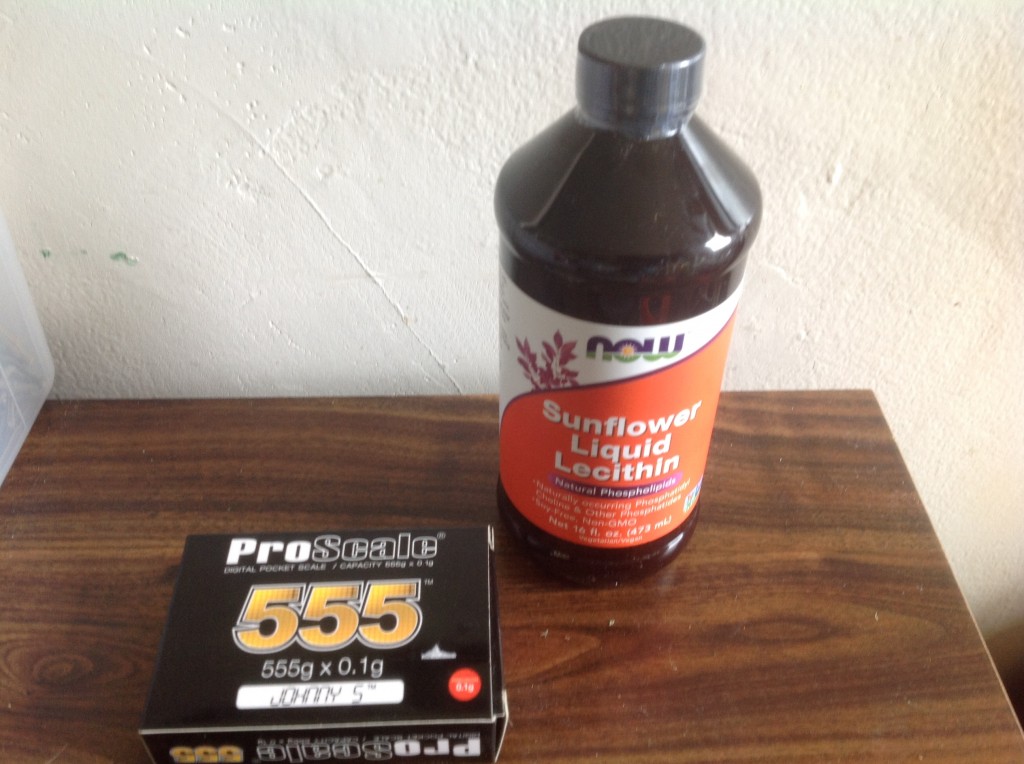- Thread starter
- #161
And some thoughts Cajun had on the Bio Bomb and beginning a protocol that I thought might come in handy. This one was edited down to remove personal comments and to correct spelling. 

His diet should be sugar free. No glucose, little fructose. High on Omega-3's. I recommend the Alkaline Diet, but balance it with protein and add MCT oils/fats.
You don't need to worry about demethylating at this point. We'll get him doing that later.
I would make the diluted mix at 1:20 (ccomega-3 oil). add 1 tbsp. of liquid non-soy lecithin.
Let it sit, thoroughly mixed, in the frig for 24 hours.
Make the Canna Budwig oil... (Note* This is what we're now referring to as the Bio Bomb)
Use this mix as your carrier in the suppositories which will taken 5x a day, 15 min after ingesting the supplements I listed earlier. Especially with the mangoes, garlic, vitamin D3, selenium, and fish-based Omega 3's, melatonin, ect.
The rest, 25%, should be taken by oro-mucosal (tacking) and ingesting the Canna Budwig w/ the added lecithin and low fat cottage cheese. Do not use the Cannabis Budwig/Cellect protocol which is very similar.
Up the dosage to 10:1 in 5 days, then to 5:1 another 5 days. He'll need a PET scan after to see which direction to take. around then.
The bioavailability of this method (Bio Bomb) along with the synergistic effects of the supplements listed boost the therapeutic effects of our beloved plant 50 fold as well as the Competitive Inhibition which keeps them in our bodies longer.
To not add this at least in some way is just wasting meds. This can be implemented with "tacking" as well.




 Working on that one. Plants will be coming down within weeks now.
Working on that one. Plants will be coming down within weeks now. 





 I believe this oil can join the list of options.
I believe this oil can join the list of options. 